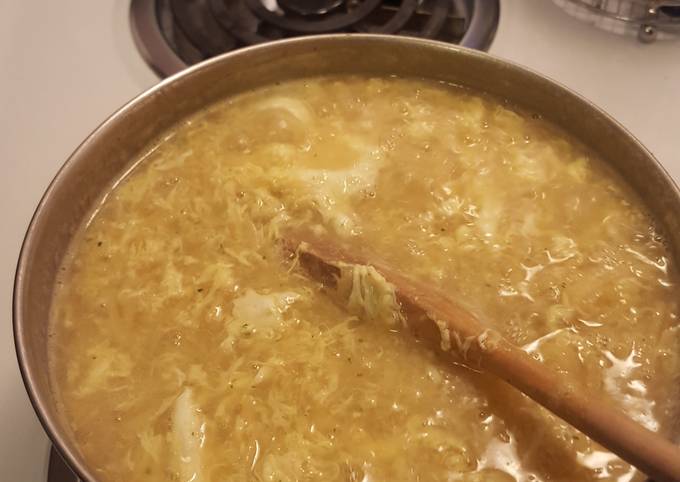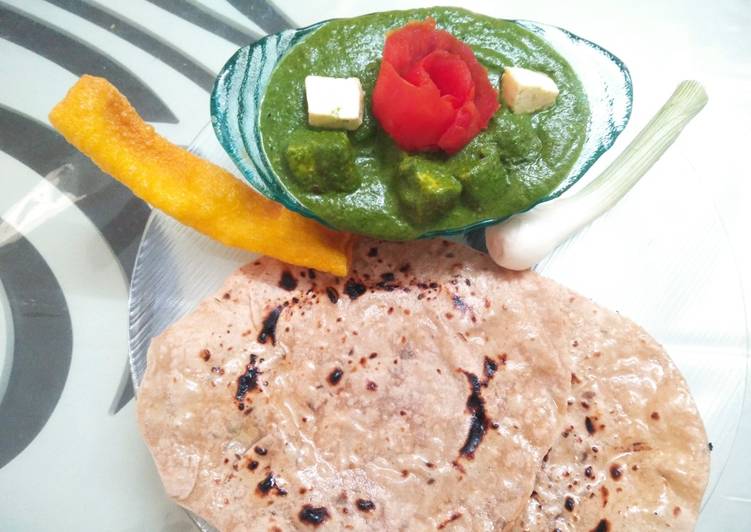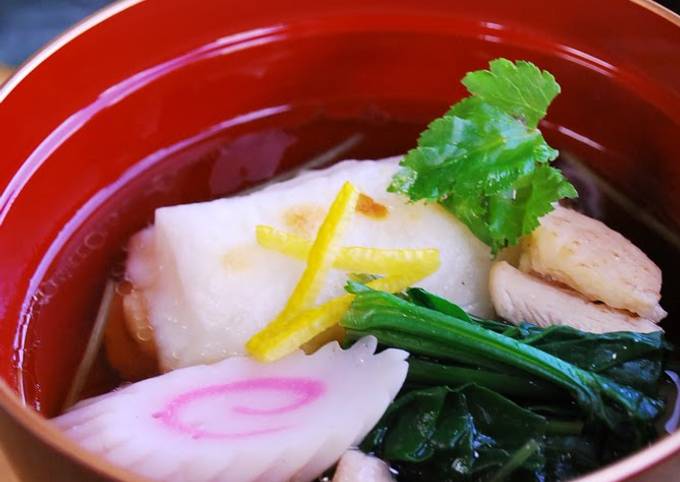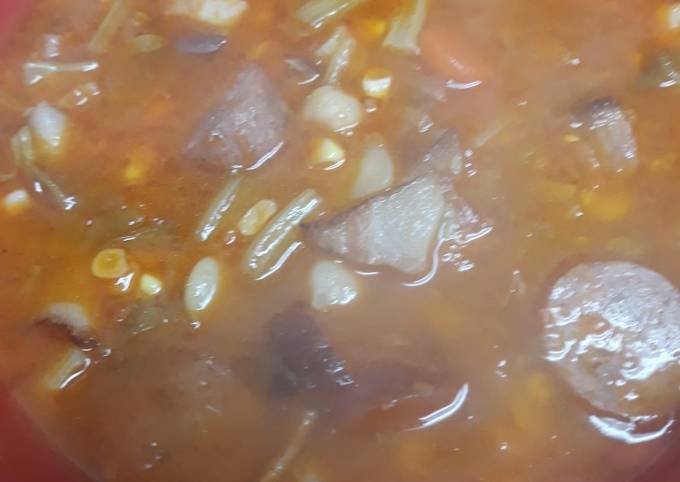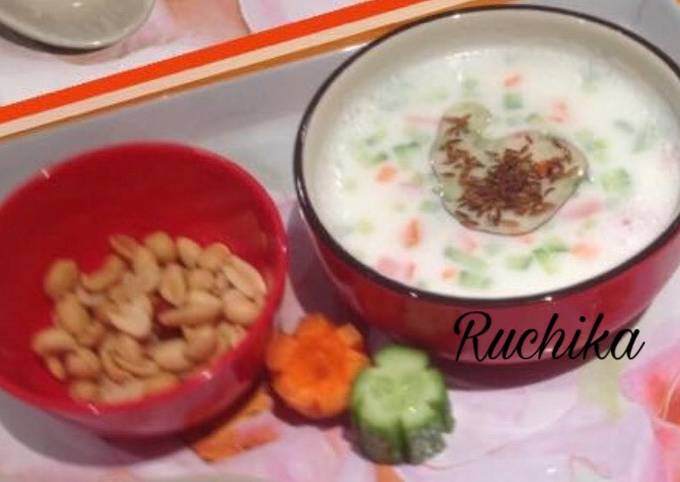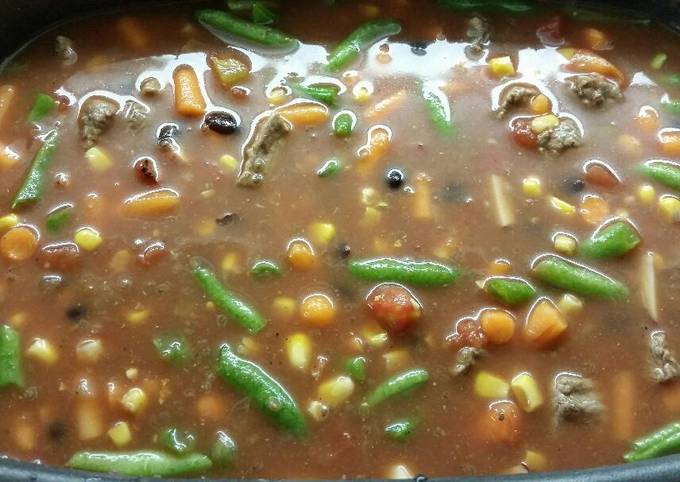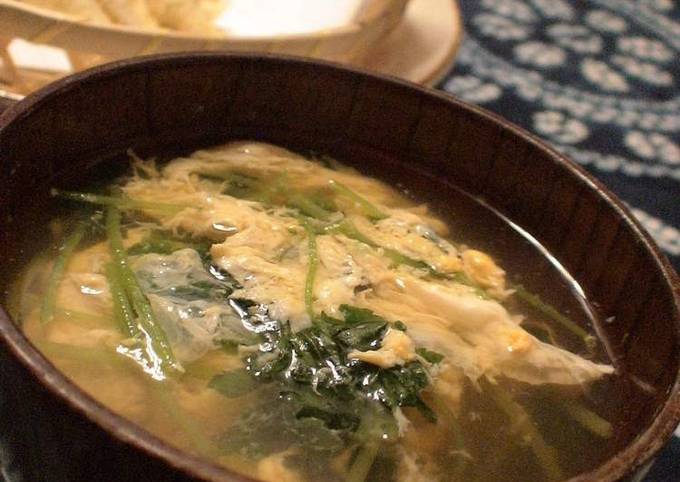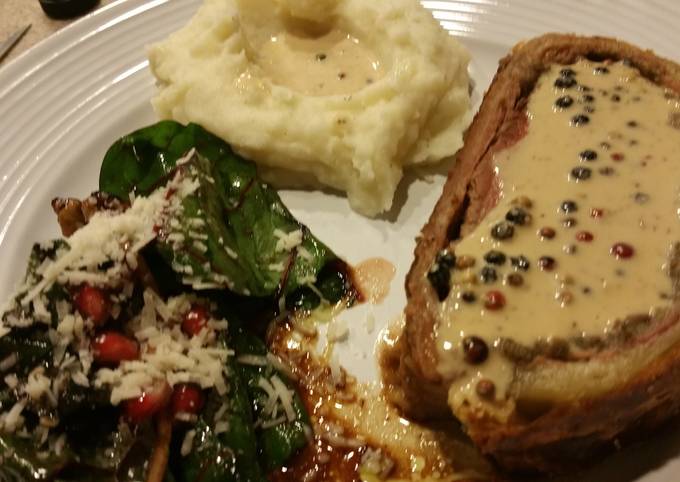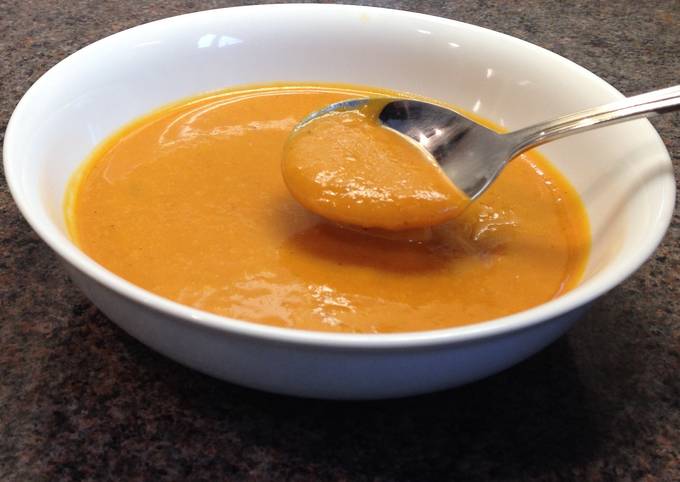
Hey everyone, I hope you’re having an amazing day today. Today, I will show you a way to make a special dish, butternut ambrosia. One of my favorites food recipes. For mine, I will make it a bit unique. This will be really delicious.
Butternut Ambrosia is one of the most well liked of current trending meals in the world. It is appreciated by millions daily. It is simple, it is fast, it tastes delicious. They are nice and they look fantastic. Butternut Ambrosia is something that I have loved my whole life.
This butternut squash curry has so much going for it, honestly, I find myself making it regularly The goodness of butternut squash, chickpeas and spinach comes together in a beautiful medley of. Welcome to Life's Ambrosia where Dinner is served and memories are made. Place butternut squash on a baking sheet and drizzle with olive oil. Sprinkle lightly with salt and pepper.
To get started with this recipe, we have to first prepare a few components. You can have butternut ambrosia using 10 ingredients and 8 steps. Here is how you can achieve that.
The ingredients needed to make Butternut Ambrosia:
- Make ready 500 g butternut squash (peeled and seeded) / 17½ oz .
- Get 1 red peppers (seeded)
- Make ready 1 orange peppers (seeded)
- Get 1 onion large peeled (about 400 g / 16 oz. before peeling)
- Make ready 500 ml chicken stock / 17 oz .
- Get 150 ml milk skim / 5 oz .
- Get 75 g cheese low fat processed * / 2½ oz .
- Take to taste pepper Ground
- Get Spray2Cook ” ( a word used to describe
- Prepare low - cal . non - stick cook ’ s oil spray
Indian Ambrosia is an Indian food website with tasty recipes and resources for those interested in homemade, authentic Indian. Ambrosiella is a genus of ambrosia fungi within the family Ceratocystidaceae. It was circumscribed by mycologists Josef Adolph von Arx and Grégoire L. All Ambrosiella species are obligate symbionts of ambrosia beetles.
Steps to make Butternut Ambrosia:
- Pre-heat an oven and a baking sheet to 180oC / 350oF / Gas Mark 4. Cut the Squash into strips (max width 1½ inch) and the Onion(s) into quarters. Spray the baking sheet with Spray2Cook and place the butternut squash and onion on this tray, spray the veg and then put the tray back in the oven.
- After 20 minutes turn the squash and onion and re-spray with Spray2Cook.
- After a further 20 minutes place the peppers cut into as large a pieces as possible (to aid skinning) on a second preheated (and sprayed) baking sheet and spray the peppers before putting these in the oven. Whilst doing this, again re-spray the squash and onions with Spray2Cook. Cook for a further 15 minutes. The squash should be soft and turning a sticky caramel-brown on the edges and the onions should be browning.
- Remove the squash and onion from the oven and place in the preheated stock in a lidded saucepan.
- Turn the oven up to maximum until the skins of the peppers wrinkle and begin to blacken. Remove the peppers and place in a polythene bag and leave to sweat for a couple of minutes. Remove the pepper one piece at a time and the peel should then come away easily. Add the skinned peppers to the stock.
- Add the milk, cheese and seasoning. Bring back to the boil and then cover and simmer everything for around 10-15 minutes. Do not worry if the skim milk seems to separate, it will come together when liquidized.
- Cool the mixture a little and place all the contents in batches into a liquidizer and puree completely. Once the puree process seems complete liquidize for about the same amount of time again. Serve immediately or chill/freeze and reheat later.
- (N.B. the cheese is equivalent to 4 laughing cow extra lite triangles)
It was circumscribed by mycologists Josef Adolph von Arx and Grégoire L. All Ambrosiella species are obligate symbionts of ambrosia beetles. Butternut squash is medium to large in size and has a bell-like shape with a long neck attached to a bulbous end. The smooth skin is very thin, light tan, firm, and is connected to a light brown, rough stem. Although butternut is a hardwood, it is relatively soft making butternut wood a favorite with carvers.
So that’s going to wrap this up for this special food butternut ambrosia recipe. Thanks so much for your time. I am confident you can make this at home. There is gonna be more interesting food in home recipes coming up. Remember to bookmark this page on your browser, and share it to your family, colleague and friends. Thank you for reading. Go on get cooking!

